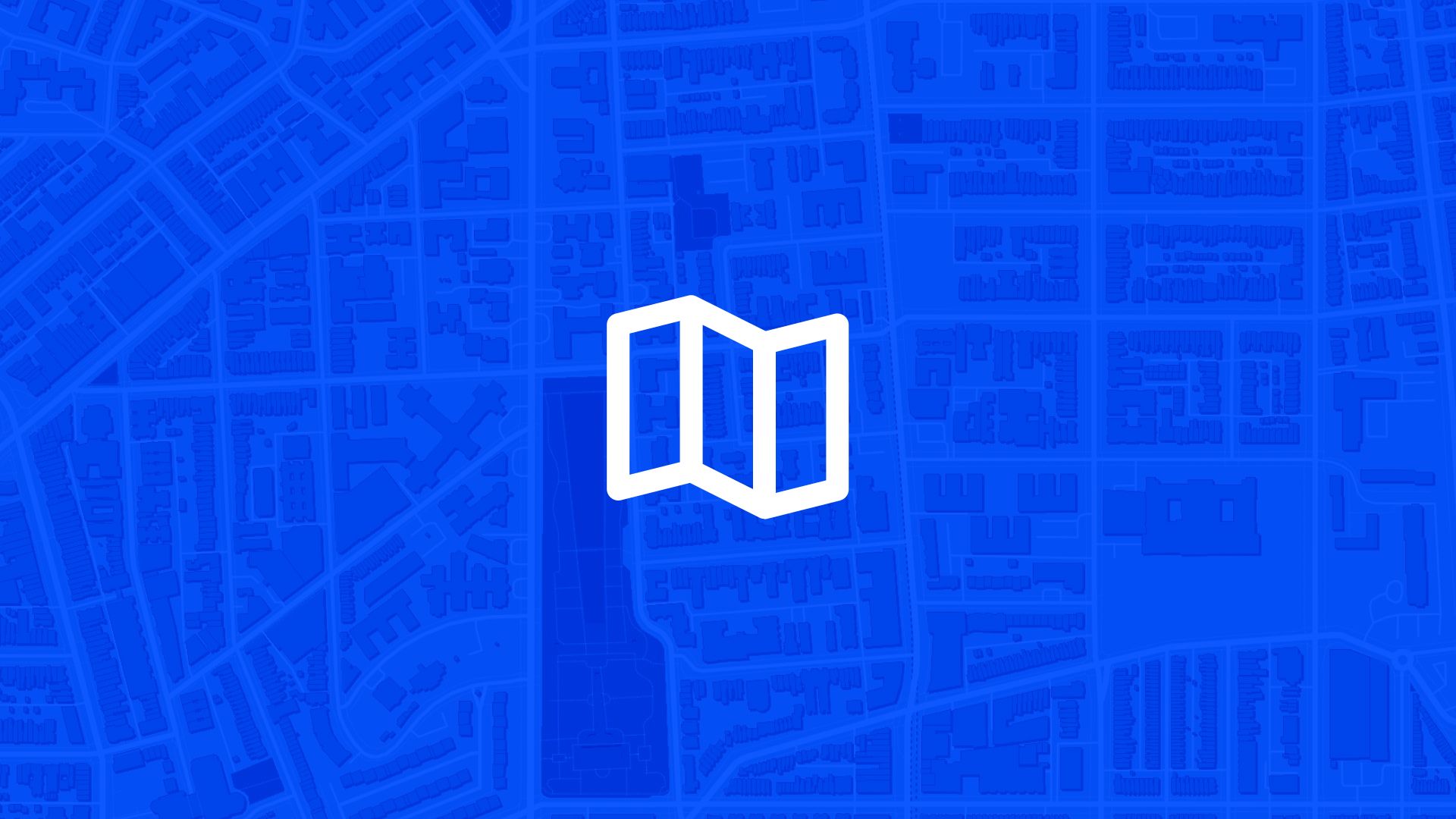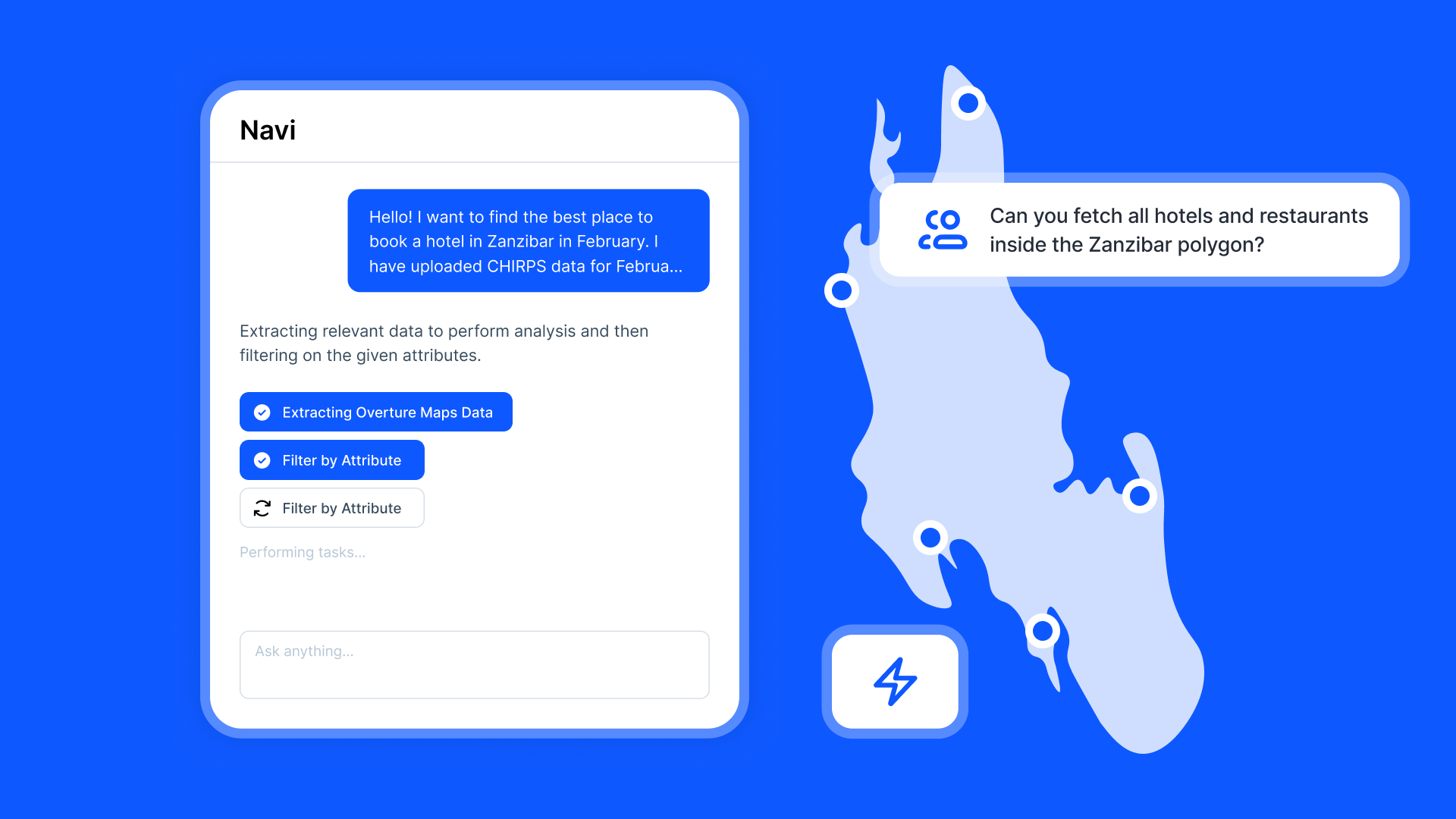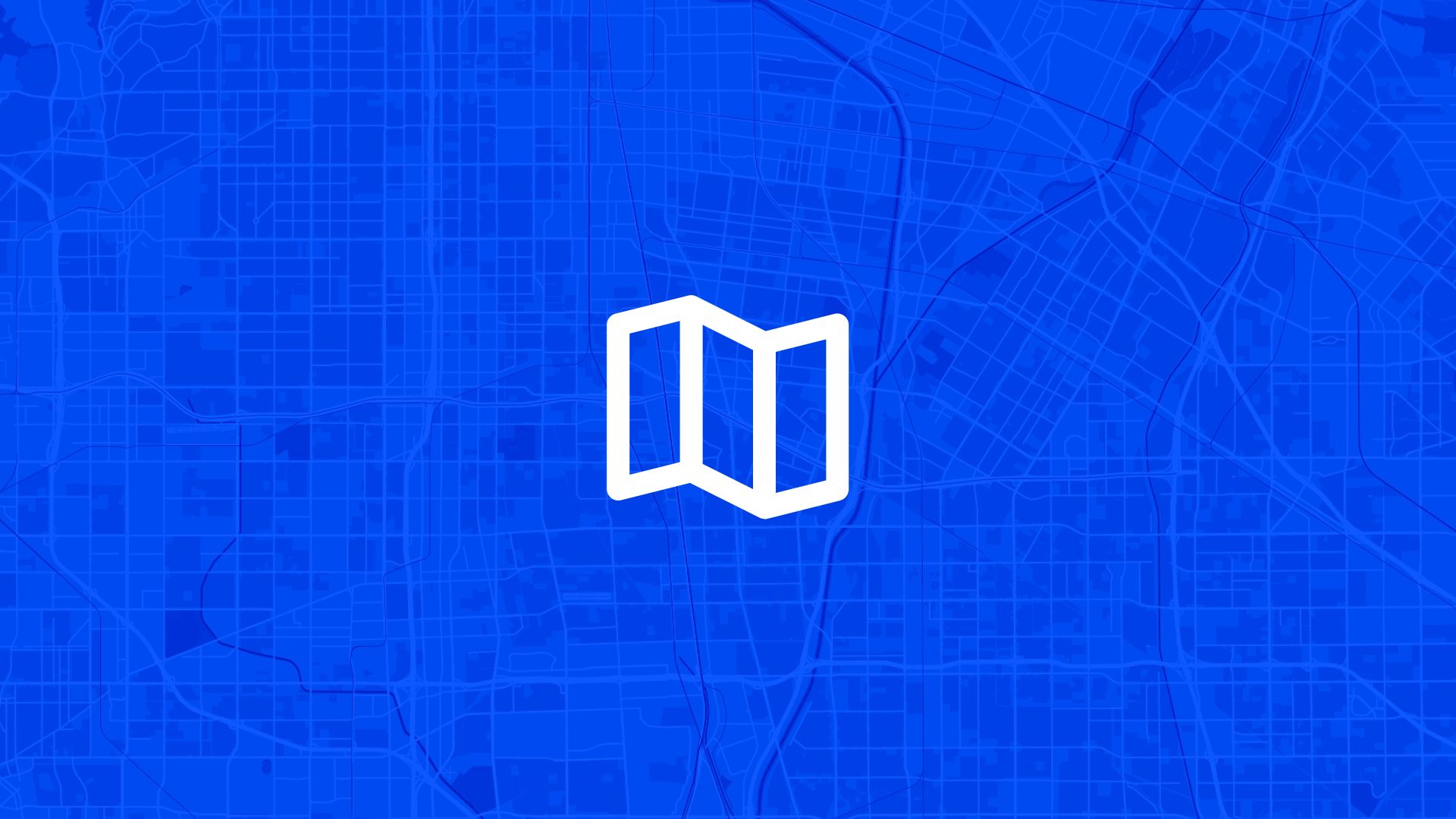Turn your CSV files into shapefiles in minutes — no desktop GIS needed. Atlas does it all in a browser.
This guide covers a single, easy workflow:
Atlas: Upload CSV → Download as Shapefile
Why use Atlas for CSV to Shapefile?
- Fully browser-based — no installs
- Supports CSV import and shapefile export
- Great for quick conversions, small to mid-size datasets
- Ideal if you’re already mapping in Atlas
Step-by-step: CSV → Shapefile
1. Prepare your CSV
- Ensure it has latitude and longitude columns
- Use clear column names (e.g.,
latitude,longitude,name,value) - Clean data: remove empty rows, use decimal points for coords
Example:
| id | name | longitude | latitude |
|---|---|---|---|
| 1 | Cafe Oslo | 10.7522 | 59.9139 |
| 2 | Park Bergen | 5.3221 | 60.3913 |
2. Upload CSV to Atlas
- Log in to your Atlas workspace
- Click Add Data (or drag-and-drop)
- Select your CSV file
- Atlas reads it and auto-detects coordinate fields
You’ll see your CSV as a layer of points on the map.
3. Download as Shapefile
- In the Layers sidebar, find your CSV layer
- Open the context menu (⋯) next to it
- Choose Export → Shapefile
- Atlas packages the layer and prompts a
.zipdownload
Inside the ZIP: .shp, .shx, .dbf, .prj — everything you need.
4. Validate your shapefile
- Unzip and inspect metadata
- Load in any GIS tool (QGIS, ArcGIS, etc.)
- Confirm points are in the correct place and attributes are there
Benefits of the Atlas workflow
- Browser-only: No installations needed
- Fast: Minutes from CSV upload to shapefile download
- Repeatable: Good for similar future datasets
- Portable: Share shapefiles with colleagues easily
CSV to shapefile conversion is easy when your data is clean — and Atlas makes it simpler.
Upload your CSV, click export, and you're ready for your next GIS project.





